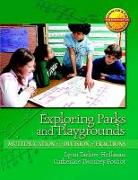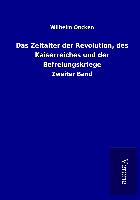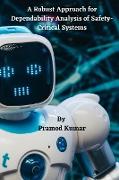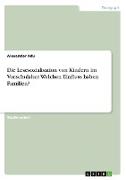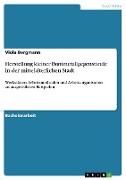- Start
- Exploring Parks and Playgrounds
Exploring Parks and Playgrounds
Angebote / Angebote:
Exploring Parks and Playgrounds: Multiplication and Division of Fractions is one of five units in the Contexts for Learning Mathematics Investigating Fractions, Decimals, and Percents (46) The focus of this unit is the development of students understanding of multiplication with rational numbers. The context of parks and playgrounds is used to introduce the double number line and the array models as helpful tools. Initially students are asked to explore the situation of two cousins running on a 26-mile course that winds through a park. They each ran half the course the previous year, and this year they complete 7/12 and 5/8 of the course, respectively. They know the exact portions they ran because of the course markers and water stations along the course. Students work to determine the number of miles that the cousins completed this year. In this first investigation, the distributive property and the use of landmark fractions (such as 1/2) provide a focus. Next students work with the training data of a running club whose members train on a three-mile track in the park. This context is used to engage students in exploring the relationship between the operations of multiplication and division with rational numbers. Many students confuse these operations when working with fractions, so they are deliberately juxtaposed at the beginning of the unit as a way to prevent misconceptions from developing. As the unit progresses into the second week, the context of designing a playground is used to support the development of specific mathematical ideas about the commutative property of multiplication with rational numbers, about the use of the word of to denote multiplication, and about fractional parts in relation to a changing whole. Students explore the story of two different empty lots: a section of each lot will be used as a playground, and then part of each playground will be covered with blacktop to be used for games like basketball and kickball. Both lots are the same size, but the part allocated to be a playground and the part to be blacktopped differ for each. The students investigate the problem of determining whether one lot has more blacktop, exploring equivalent, but not necessarily, congruent areas. The playground context supports students use of an array model for multiplication, and the focus shifts to the commutative and associative properties. Several minilessons for multiplication of rational numbers are also included in the unit. These are structured using strings of related problems as a way to explicitly guide learners toward computational fluency. To learn more visit http: //www.contextsforlearning.com
Fremdlagertitel. Lieferzeit unbestimmt
